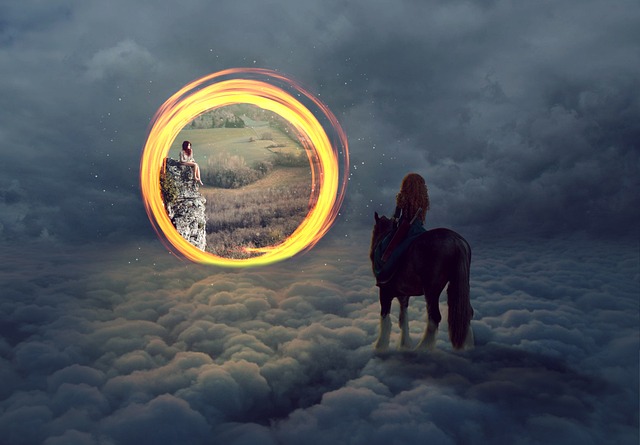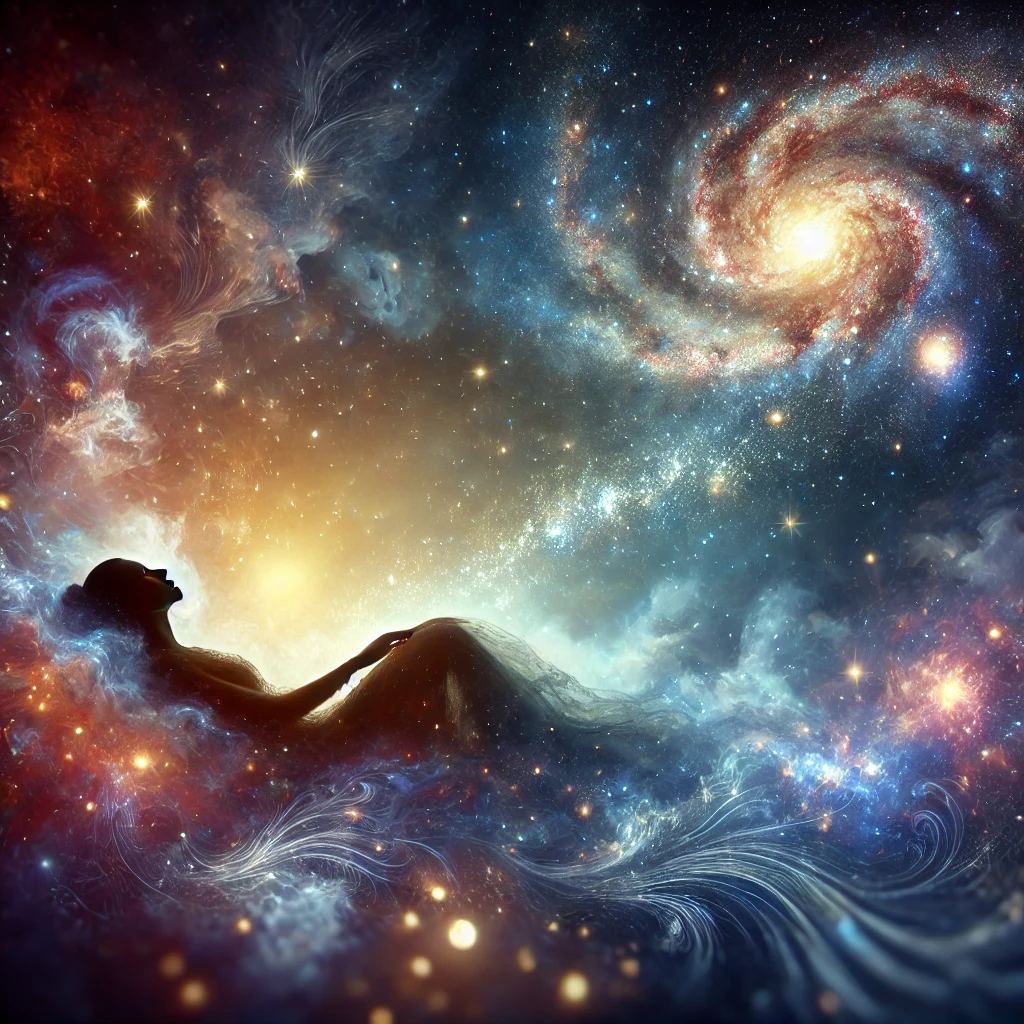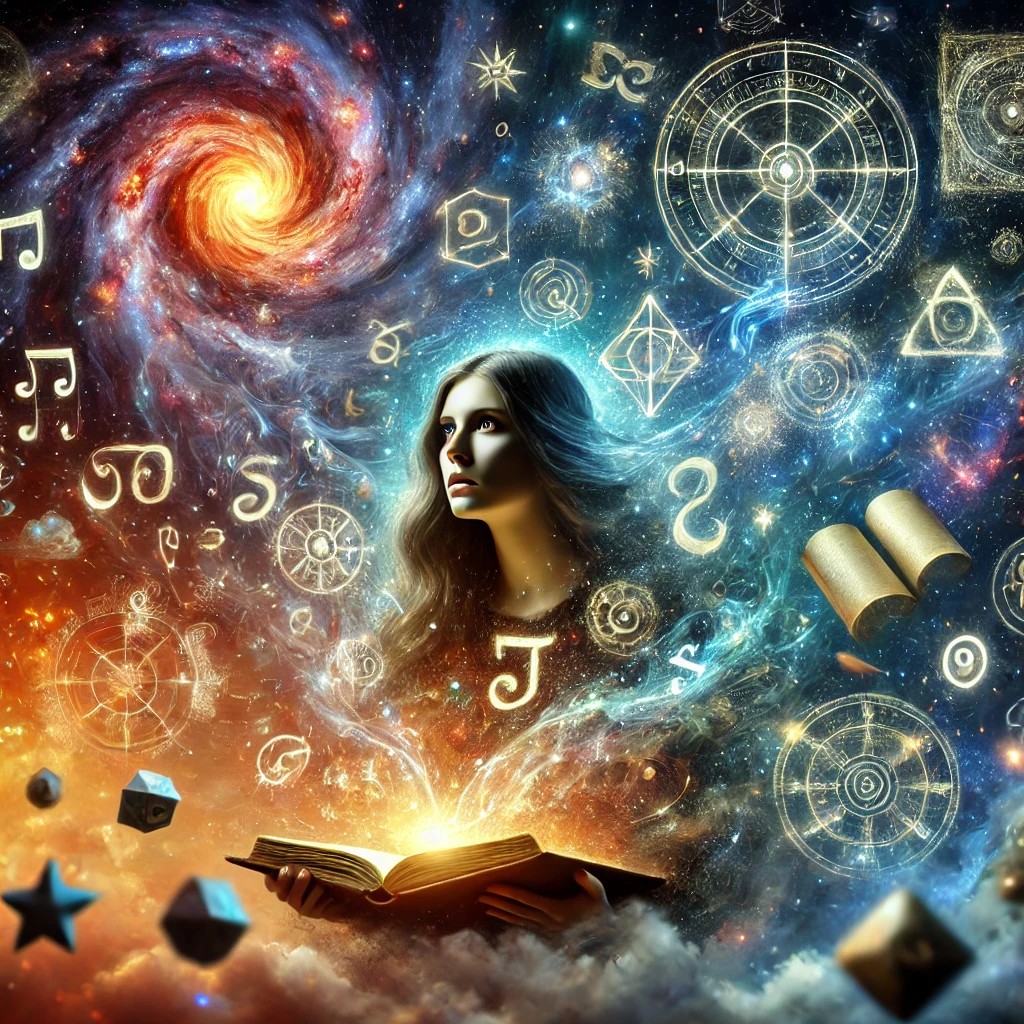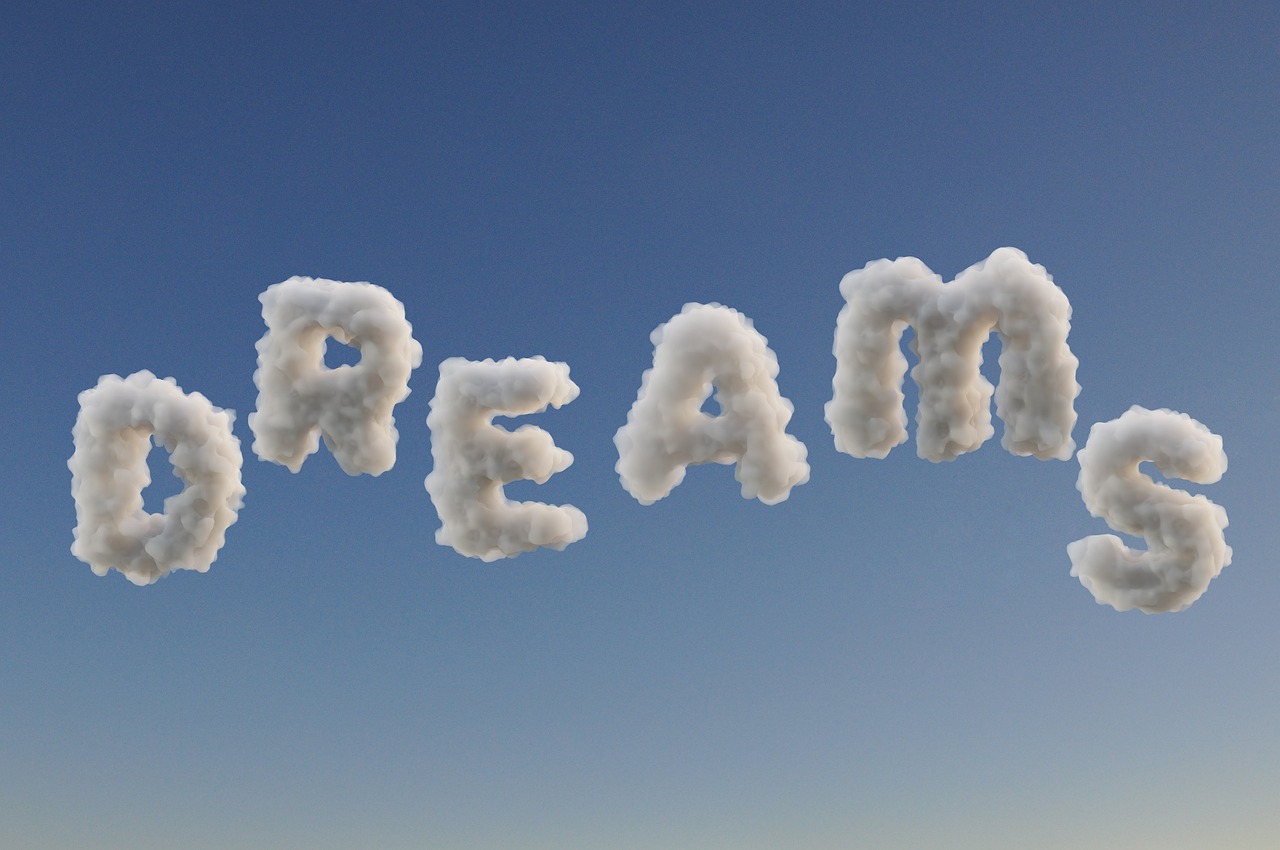Hey there, cosmic friend! Grab your stash and let’s vibe through some spooky facts about Dreams that’ll leave you questioning reality… or at least pondering the mysteries of the universe. 🌌👽
In my surreal and unsettling dream of “Alien Apples,” mysterious baked apple slices begin appearing in subway stations and outside fast food restaurants, accompanied by cryptic instructions to eat them daily or face dire consequences. These alien-like apples, encased in a breaded shell and filled with a creamy sauce, come with an eerie sense of urgency—leading to speculation about their origin and purpose. Are they a cure, a government experiment, or something far more sinister? As people follow the instructions, some are drawn into the bizarre mystery, while others resist, questioning whether these apples could turn them into slaves, cure a hidden disease, or even kill them if consumed. Amid the chaos, an old man’s self-sacrifice provides a glimmer of hope, suggesting that even in the face of fear, there may be a greater purpose behind it all. This strange and eerie vision sets the stage for exploring 10 spooky facts about dreams and the subconscious mind. 🌙
10. Dreams Are Portals to Parallel Realities
Sometimes, dreams feel too vivid, too real, like you’ve lived another life. Ever woken up and missed the world you just left behind? Maybe that’s because you didn’t just imagine it—you experienced it.
The idea that dreams are portals to parallel universes is a fascinating theory, but it’s currently considered speculative with no scientific consensus. While some people believe dreams might represent access to alternate realities due to their vivid and sometimes surreal nature, most scientific understanding views them as a product of the brain processing information and memories during sleep—not actual gateways to other universes.
Key points about the “dreams as portals” theory:
- Multiverse concept: This theory aligns with the idea of a multiverse, where countless parallel universes exist, potentially allowing our consciousness to “visit” other versions of reality through dreams.
- Symbolic interpretation: Some dream analysts interpret dream imagery as symbolic representations of subconscious desires, fears, and experiences, which could be seen as reflections of different possible realities.
- Scientific limitations: While intriguing, there is currently no scientific evidence to prove that dreams can directly access other universes.

9. The Subconscious Speaks in Riddles Because the Truth Would Be Too Overwhelming
Dreams often encode life’s hardest truths in surreal symbols. The alien apples weren’t just apples—they were my own uncertainty served on a shiny platter. Imagine if your dreams were blunt about your fears… you might not want to wake up.
The subconscious often communicates through riddles and symbols because it operates on a non-verbal, intuitive level. It may use metaphors, dreams, or gut feelings to convey messages that are difficult to articulate directly. This can be due to several reasons:
- Protection: The subconscious may shield us from overwhelming truths that could cause emotional distress or disrupt our current understanding of ourselves or the world.
- Depth of Meaning: The subconscious often accesses information and insights beyond our conscious awareness. Riddles can be a way to convey complex ideas that may not be fully understood or accepted on a conscious level.
- Personal Growth: By presenting challenges in the form of riddles, the subconscious encourages us to think critically, explore different perspectives, and develop new ways of understanding ourselves and the world around us.
It’s important to note that while the subconscious may communicate in riddles, it’s not always easy to decipher these messages. Paying attention to our dreams, intuition, and recurring thoughts can help us better understand the underlying meanings behind these symbolic communications.
8. Trust and Survival Are Hardwired Themes in Every Person’s Dream Engine
From prehistoric hunters dreaming of escaping predators to modern-day anxieties wrapped in sci-fi metaphors, our dreams prioritize survival. Alien Apples is just the latest version of “Don’t eat that; it might kill you!”
It’s a fascinating aspect of human psychology: the recurring themes of trust and survival within our dreams. It’s intriguing how these fundamental human experiences manifest in our subconscious minds, shaping the narratives of our dream worlds.
Here’s a deeper dive into why these themes might be so prevalent:
- Evolutionary Significance: Survival was essential for our ancestors, who faced constant threats. Dreams that simulate these threats may have helped them develop survival strategies.
- Trust: Trust in others was crucial for cooperation, resource sharing, and social bonding. Dreams might explore scenarios where trust is tested or betrayed, helping us navigate social relationships.
- Psychological Processing: Dreams can be a way to process emotions related to fear, anxiety, and uncertainty. Exploring scenarios involving trust and survival can help us work through these emotions.
- Symbolic Representation: Trust in dreams can symbolize our trust in ourselves, others, or higher powers. Survival dreams can represent resilience and adaptability.
Exploring these themes in dreams reveals deeper truths about how our subconscious navigates challenges and builds the foundation for our waking decisions.

7. The People in Our Dreams Are Shadows of Ourselves—But Not Entirely
The mysterious man and the old man felt familiar, yet they carried wisdom I don’t think I own. What if they’re versions of me from another plane of existence, crossing the veil to guide me?
The notion that the people in our dreams are “shadows of ourselves” is fascinating, often attributed to Carl Jung’s psychological theories. While it’s true that dream characters can represent aspects of our personality, they’re not simply mirror images.
Key Points:
- Projections of Ourselves: Dream characters can embody archetypes, universal symbols of the human psyche. These archetypes represent aspects of ourselves we may not fully understand.
- Representations of Others: Dream characters can also reflect real-life figures but may take on symbolic meanings.
- Independent Entities: Dream characters can develop their own distinct personalities and motivations, separate from the dreamer’s conscious self.
The meaning of dream characters is subjective and varies from person to person. By exploring the symbolism and emotions they evoke, we can gain valuable insights into our unconscious mind.
6. Symbols Like Apples Are Not Random—They’re Chosen by the Universe Itself
Apples show up in myths, religions, and now, my dreams. Coincidence? Or is the universe planting seeds (pun intended) for us to uncover universal truths?
The idea that dream symbols are “chosen by the universe itself” is fascinating, often linked to spiritual or mystical interpretations of dreams. While it’s impossible to definitively say who or what “chooses” these symbols, they clearly hold significance for the individual dreamer.
Here are a few perspectives:
- Psychological Perspective: Many dream symbols are deeply personal, reflecting the dreamer’s experiences and emotions.
- Collective Unconscious: Some symbols, like archetypes, are shared across cultures. These symbols tap into a collective unconscious, a shared pool of human experiences.
- Spiritual Perspective: Some believe dream symbols are messages from a higher power or the universe itself, offering guidance and insight.
The meaning of dream symbols is subjective, and the best way to understand them is to explore their personal significance.
5. Unseen Forces Are Always at Work, Even in Waking Life
Just like in dreams, there are forces shaping our lives—societal pressures, algorithms, or even cosmic energies. If we can’t see the hands guiding us, how can we know what’s truly in control?
This concept has been explored by philosophers, mystics, and scientists for centuries. While we can’t definitively say who or what is “in control,” we can acknowledge the influence of unseen forces.
Here’s a look at it:
- Internal Forces: Our subconscious mind shapes our thoughts, emotions, and behaviors. Dreams reflect these internal processes.
- External Forces: Society, culture, and technology subtly influence our decisions and behaviors.
- The Possibility of a Higher Power: Some believe in a higher power or divine intelligence guiding our lives, providing comfort and meaning.
While we may not fully understand these forces, we can still acknowledge their influence and make conscious choices in our lives.

4. Collective Consciousness Fuels the Themes in Our Dreams
The pandemic parallels in “Alien Apples” aren’t just my subconscious—they’re part of a shared experience. Dreams might be our subconscious syncing up with humanity’s global hard drive.
The concept of collective consciousness influencing our dreams is fascinating. Shared symbols and experiences shape not just individual dreams, but those of entire cultures. When global events unfold, like the pandemic, our dreams reflect these collective shifts.
Here’s a deeper dive into this idea:
- Shared Symbolism: Certain images and themes, like water, fire, or the sun, appear in dreams across cultures. These archetypes resonate with the collective unconscious, connecting us all on a deeper, intuitive level.
- Cultural and Historical Influences: The world around us has a powerful impact on our subconscious. Big events—war, crisis, or even triumph—leave their mark on the collective psyche, influencing the dreams of everyone living through them.
- Social Connectivity: With the rise of social media and global interconnectivity, we are sharing experiences, anxieties, and dreams on an unprecedented scale. Our dreams, in turn, might be syncing up with this collective experience.
It’s clear that dreams don’t belong to us alone—they’re influenced by the larger cultural, historical, and social contexts we find ourselves in.
3. Acts of Courage in Dreams Are Practice Runs for Waking Life
The old man’s sacrifice wasn’t just a random plot point—it was a demonstration of selflessness, something we all need to carry into the real world. Dreams are rehearsals for the challenges that matter.
Dreams act as a space for rehearsal, allowing us to play out scenarios and practice emotional and mental resilience. The events in our dreams don’t just exist for entertainment—they prepare us for the challenges we’ll face in real life.
Why it matters:
- Emotional Rehearsal: Dreams let us feel emotions like fear, joy, triumph, and anxiety in a safe environment. We can confront these feelings without real-world consequences, but with real emotional impact.
- Skill Development: Whether we’re solving puzzles or navigating tough conversations, dreams help us develop the skills we’ll need in waking life, and they do so with low stakes but high impact.
- Personal Growth: Confronting challenges in our dreams boosts our confidence. The lessons learned in these surreal worlds can help us take real-life risks and tackle obstacles with newfound courage.
In “Alien Apples,” the old man’s selfless act felt like a rehearsal for me—a blueprint for courage that I can carry into the waking world.
2. The Subconscious Shapes Dreams Using Fragments of Reality and Layers of Mystery
Every detail in “Alien Apples” was a mix of what I’ve seen, felt, or feared. But the Dream Engine stitches these pieces together in a way that’s impossible to predict, creating a puzzle only I can solve.
Our dreams are like personalized jigsaw puzzles made of fragments of our experiences. Every detail, no matter how odd, carries meaning—even if we don’t see it at first. The subconscious weaves together pieces of reality, creating a dream narrative that only we can fully decode.
Here’s the magic behind it:
- Personal Symbolism: Every element of a dream, whether a person, place, or object, represents something deeply personal. It’s the subconscious mind using your own memories and emotions to create a unique story.
- Emotional Expression: Dreams let us process emotions we might not consciously acknowledge. They give us a safe space to explore unprocessed feelings and thoughts.
- Creative Synthesis: This is where the magic happens. Random thoughts, ideas, and memories merge in unexpected ways, producing creative and often insightful combinations that wouldn’t come from the conscious mind alone.

Every dream is a tapestry, a mixture of the personal and mysterious, waiting for us to explore and uncover.
1. Dreams Are the Universe Whispering Its Secrets to Us
Dreams are more than random brain activity—they’re a way for the universe to share its hidden truths with us. Each dream is like a personal message, filled with vivid symbols, enigmatic characters, and raw emotions that serve as breadcrumbs, guiding us toward deeper understanding. My dream, Alien Apples, wasn’t just a quirky, surreal adventure. It felt intentional, like the universe leaving me a cosmic voicemail, waiting for me to decode its meaning.
What makes dreams such profound messengers:
- Universal Symbols with Personal Meaning: Dreams often pull from archetypal imagery—like apples or mysterious figures—that feel universally significant. Yet, these symbols are layered with deeply personal meaning, uniquely tailored to you.
- A Bridge Between Worlds: Dreams connect the conscious and subconscious, offering glimpses into thoughts and emotions we might not consciously acknowledge. It’s like receiving wisdom from a hidden part of ourselves.
- Intuitive Guidance: The messages within dreams speak directly to our intuition, nudging us toward decisions, insights, or actions that align with our deeper truths. Alien Apples, for example, felt like a lesson in trust and survival—topics that echo in my waking life.
- A Portal to the Collective Unconscious: Dreams don’t just belong to us—they tap into something bigger, a shared reservoir of human experience. This is why certain dream themes resonate across cultures and histories.
By paying attention to the messages within our dreams, we open ourselves to an incredible source of wisdom. Dreams show us what we might not yet see, guide us through challenges, and help us make sense of life’s mysteries. The universe may not speak in words, but through dreams, it whispers truths we’re ready to hear—if only we’re willing to listen.
Dreams are like cosmic postcards—messages sent from the universe, the subconscious, or maybe even something bigger. Each one is packed with clues, lessons, and a dash of spooky mystery. What do your dreams reveal? Let’s keep exploring the infinite unknown, one night at a time. 🌌


Leave a Reply